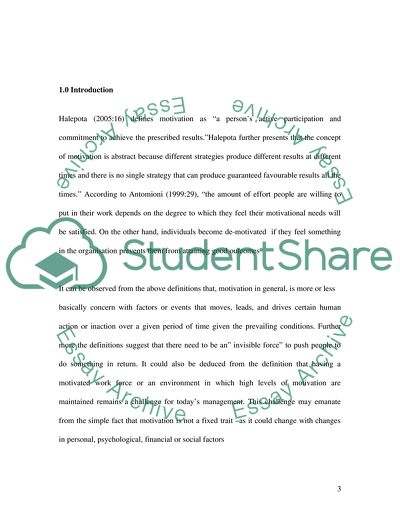Cite this document
(An Evaluation of How Leadership Changes with Respect to a Practical Term Paper, n.d.)
An Evaluation of How Leadership Changes with Respect to a Practical Term Paper. Retrieved from https://studentshare.org/human-resources/1720258-organizational-behaviour-application-of-theory-x-and-y-to-different-companies-in-different-countries
An Evaluation of How Leadership Changes with Respect to a Practical Term Paper. Retrieved from https://studentshare.org/human-resources/1720258-organizational-behaviour-application-of-theory-x-and-y-to-different-companies-in-different-countries
(An Evaluation of How Leadership Changes With Respect to a Practical Term Paper)
An Evaluation of How Leadership Changes With Respect to a Practical Term Paper. https://studentshare.org/human-resources/1720258-organizational-behaviour-application-of-theory-x-and-y-to-different-companies-in-different-countries.
An Evaluation of How Leadership Changes With Respect to a Practical Term Paper. https://studentshare.org/human-resources/1720258-organizational-behaviour-application-of-theory-x-and-y-to-different-companies-in-different-countries.
“An Evaluation of How Leadership Changes With Respect to a Practical Term Paper”, n.d. https://studentshare.org/human-resources/1720258-organizational-behaviour-application-of-theory-x-and-y-to-different-companies-in-different-countries.


